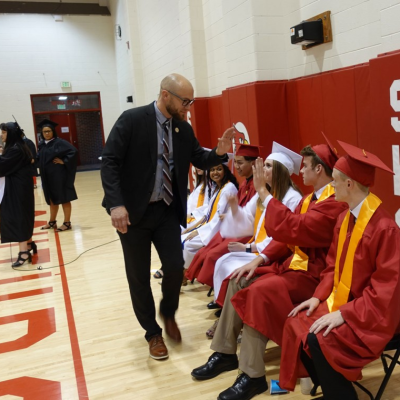Blog
It happened in a second grade reading class: One young boy we both knew had struggled for three years with academic and social emotional aspects of school. It was hard for him and hard for his teachers.
Many don’t know that the reason the United States celebrates Martin Luther King Jr Day is because of the work of Coretta Scott King.
Communicating with your peers within your work environment is important; there are so many other professional peers with whom you could be interacting.
A trendy and probably Pinterest-inspired idea is to buy fewer holiday gifts for your children—often using the catchy phrase, “something you want, something you need, something to wear, and something to read.”
Reading is an activity that we as educators can always rely on as a solid back-up plan.
Leaders create culture; culture drives behavior; and that behavior creates an experience for others. As leaders, we must understand this.
New teachers are my favorite. As an administrator, I see them as a bundle of new energy with fresh ideas and a level of excitement that is unparalleled. Each year, the fresh crop of “I’m here to change the world” educators are the greatest gift we have to our students.
Join Diana Gill, Director of Technology at East Porter County School Corporation, as she shares her expertise on Copyright and FERPA.
CIESC would like to welcome a new member to the Professional Learning Team. Lena Darnay is the new Professional Learning Specialist with a focus on Digital Learning.
It was during the Civil Rights era in the 1960s that I graduated from Indiana University and began my first teaching assignment at IPS #21. My class of second graders, all Black, were anxiously waiting to get the school year started—and so was I! It didn’t hit me at first because this was not something the School of Education had included in my teacher preparation courses. However, as the school year proceeded, it became glaringly apparent that none of the textbooks reflected the students I was teaching!
If we’ve learned nothing else this year, it’s that the word “just” is a four-letter word. “JUST click that and it will…” Or “You JUST need to open it so that you can…” How about “If you JUST scroll over there…”














